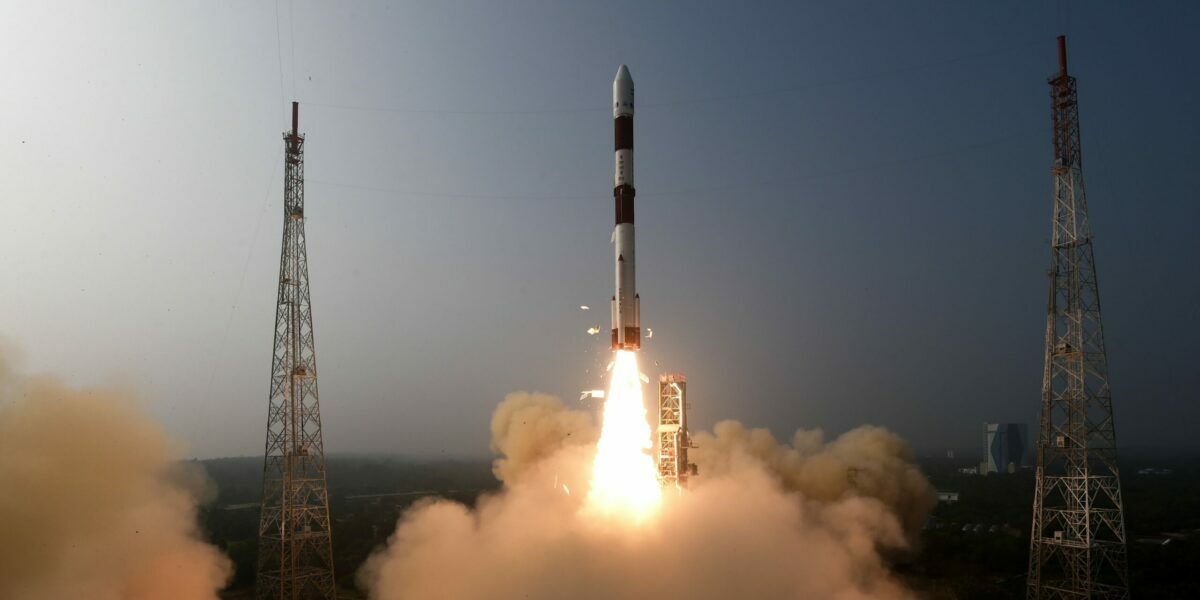The X-ray Polarimeter Satellite (XPoSat) is aimed to investigate the polarisation of intense X-ray sources in space.
Published Jan 01, 2024 | 10:21 AM ⚊ Updated Jan 01, 2024 | 10:22 AM

XPoSat satellite being lifted off. (ISRO/ X)
ISRO on Monday, 1 January, successfully launched its maiden X-Ray Polarimeter Satellite that would offer several insights into celestial objects like black holes.
ISRO’s ever-reliable Polar Satellite Launch Vehicle (PSLV) in its C58 mission, placed the primary X-Ray Polarimeter satellite XPoSat into a 650 Km Low Earth Orbit as intended after lifting off at the pre-fixed time of 9:10 am from the first launch pad in Sriharikota, Andhra Pradesh.
As the 25-hour countdown concluded, the 44.4-metre tall rocket lifted off majestically amidst thunderous applause from spectators who had descended on the spaceport, situated about 135 km east of Chennai.
The X-ray Polarimeter Satellite (XPoSat) is aimed to investigate the polarisation of intense X-ray sources in space.
According to ISRO, it is the first dedicated scientific satellite from the space agency to carry out research in space-based polarisation measurements of X-ray emission from celestial sources.
The X-ray polarisation serves as a crucial diagnostic tool for examining the radiation mechanism and geometry of celestial sources.
The primary payload of XPoSat is POLIX (Polarimeter Instrument in X-Rays) which is designed to measure polarimetry parameters by Raman Research Institute and XSPECT (X-ray Spectroscopy and Timing) built by the U R Rao Satellite Centre, Bengaluru. The Mission life is about five years.
2024 lifted off majestically. 📸
XPoSat health is normal.
Power generation has commenced. pic.twitter.com/v9ut0hh2ib— ISRO (@isro) January 1, 2024
(Disclaimer: The headline, subheads, and intro of this report along with the photos may have been reworked by South First. The rest of the content is from a syndicated feed, and has been edited for style.)
